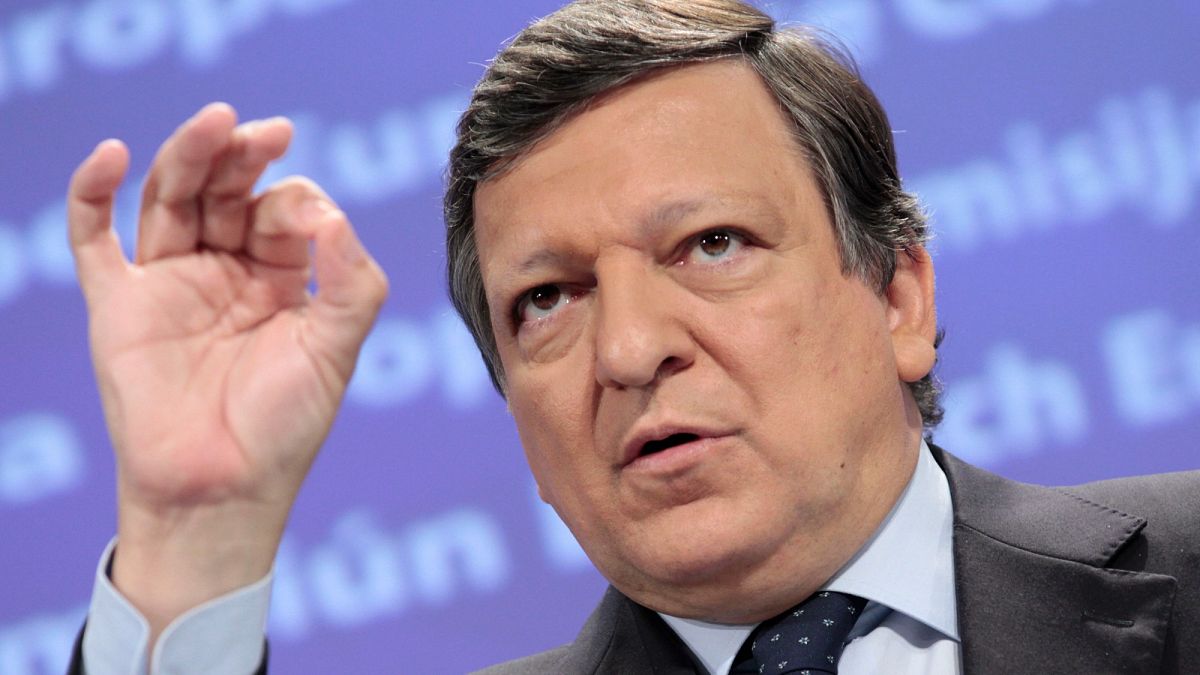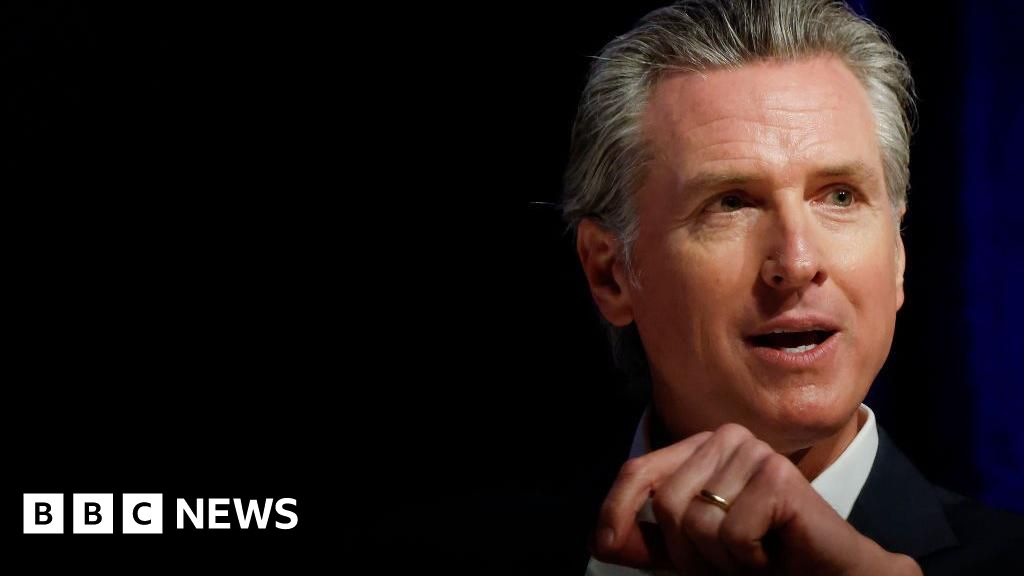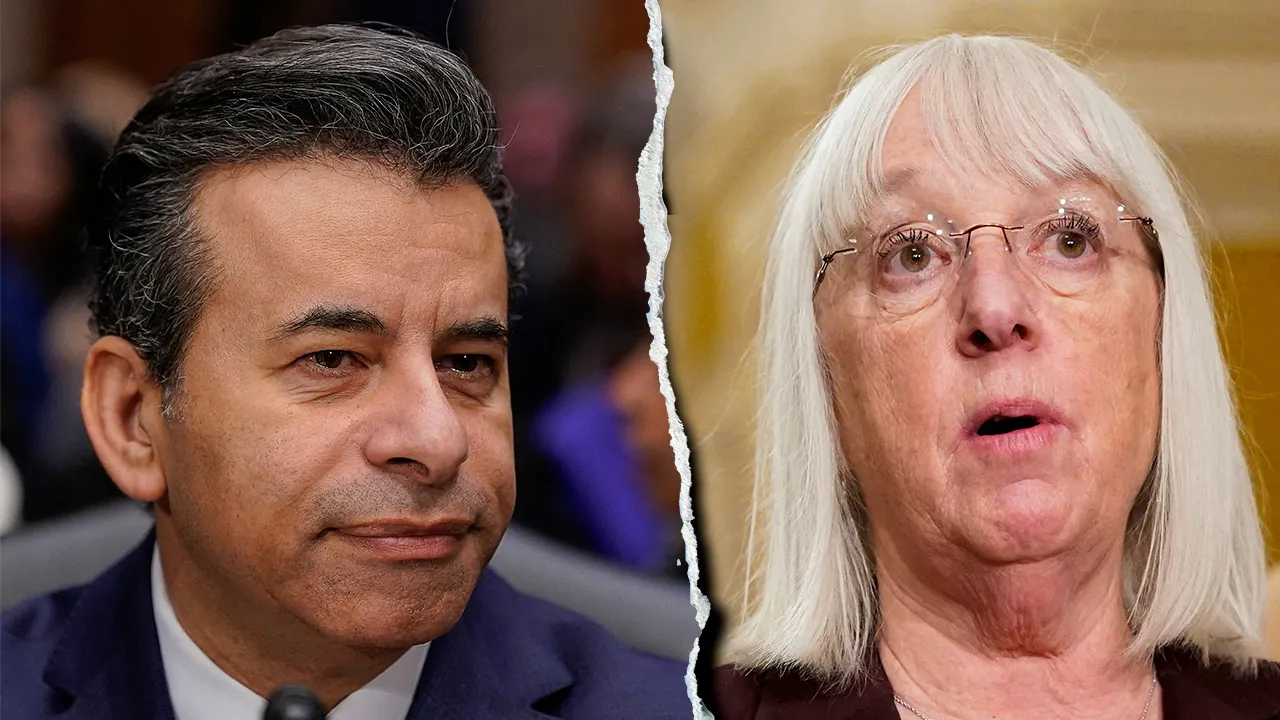Alaska
Anton McParland: The backstory of the tall guy behind Mary Peltola

Look at photos of Mary Peltola during her campaign for Congress last year and you’ll often see a tall fellow with a dark, bushy beard at her side. That’s Anton McParland. He was Peltola’s campaign manager. He’s now also her chief of staff.
At Peltola’s congressional office in Washington, D.C., McParland’s vibe is more camp counselor than boss. He jokes with the staff about how they might get away with a party on the flat roof outside their office window. He giggles.
“Sorry. I’m in a little bit of a post-lunch like stupor,” he said. “I don’t often eat food during the day … It makes me sleepy.”
McParland, 35, soldiers on. He is 35, 6 feet, 4 inches tall and thin. He projects a wide-eyed presence that’s equal parts yogi and curious pre-schooler.
He’s in an unique position: As both the chief of Peltola’s congressional staff and the person running her campaign, no one has more opportunity to set the agenda for Alaska’s sole member of the U.S. House. And yet he was unknown in Alaska, and to Peltola, before last year.

Now, he considers her “one of my best friends in life.”
“We spent 80% of the campaign, like, traveling between events or on planes making stupid jokes to each other,” McParland said. “We mesh really well.”
McParland joined Peltola’s campaign a few weeks before the August special general election and was at her side. It was an unusual employment choice for both of them. Peltola needed to show that she could appeal to Alaska moderates and not turn off Republicans. McParland had no prior connection to Alaska. He’d just run a campaign in Illinois of a further-left Democrat who lost in the primary.
But McParland answered Peltola’s help-wanted posting, and he had a valuable attribute: union experience.
That was key for Peltola because she had a big fence to mend. As a state legislator in 2005, Peltola had voted to gut teacher retirement. She says it was the worst vote she made and she strives to make up for it.
McParland had worked on union campaigns in Oregon and Nevada.
“She wanted someone that was comfortable with labor, that spoke labor, that could earnestly have those conversations with the community,” he said. “I think that’s kind of like the story that we told ourselves.”
The truth is, he says, they just like each other, from the first Zoom interview.
Peltola admires his work ethic, his ability to have “100 things going at once,” and says they think alike.
“We can read each other’s mind. Yeah, that helps,” she said. “And I think we both really like people and enjoy this work and find the humor in every situation.”

McParland was raised in rural Wisconsin. His family ran a butcher shop and catering company. He went to high school in Las Vegas and worked in food service, where he says he first felt the power of organized labor.
His dual jobs for Peltola does raise eyebrows. A big chunk of the House ethics manual is dedicated to creating a wall separating a congressional office from the representative’s re-election campaign. But the ethics rules allow a congressional staffer to work in their off-duty hours on re-election campaigns. So McParland does both jobs, and he earns a paycheck from each.
Over the first three months of this year, he made $50,000 from the combined jobs, public records show. (During those months, he was deputy chief of Peltola’s office. He assumed the chief job at the end of May.)
Peltola’s deputy campaign manager, Elisa Devlin, is a Bernie Sanders-inspired progressive who also worked as McParland’s deputy on a campaign in suburban Chicago. Her allies there might be aghast at some of Peltola’s positions – against a gun control regulation, for Arctic oil development. Devlin said she accepts Peltola’s positions because Alaska’s politics are unique.
“I think that it is easy for people to pass judgment, but there’s a lot of complexity. And there are a lot of factors at play,” Devlin said. “And she’s really just doing what she thinks is best. And I trust her gut. And I trust Anton to give her that support.”
McParland is prone to describing people and places as “delightful.” Delight is his default setting. But he says he had to work at that after a medical crisis five years ago. He has recurring brain tumors. He’s had two strokes. And the medication, he says, made him feel worse than the disease.
“The complicated convolutedness of it all was really frustrating. I was very disappointed and angry about it for a couple of years,” he said. “I came out of that very happy and joyful. Like kind of harkening back to my earlier life. So I prefer to just enjoy my life on a regular basis.”
He looks the picture of health and says he tries not to concentrate on his medical condition.
Which leaves room for other pursuits. He’s a devoted uncle, and while he was running Peltola’s campaign last year he became heavily involved in the campaign of a middle-schooler in Utah, a close family friend named Cole. McParland can still sound outraged when he explains that Cole’s opponent dispensed candy, even though it violated class election rules.
So McParland went all in. He developed Cole’s campaign graphics and arranged celebrity skateboarder endorsements.
McParland’s sister, Leisha, said he’d call late at night during campaign season, sometimes to brainstorm an Alaska issue, sometimes to try out slogans for Cole’s campaign.
“Look, Anton only takes on a project at 150%,” Leisha McParland said. “And so yes, he absolutely was running – with equal passion and focus and professional expertise – the campaign’s of a middle school class president candidate, and candidate Mary Peltola.”
Peltola says, in the heat of her own race, she was aware that her campaign manager was moonlighting for a sixth-grader. She called it “a wonderful distraction” and in character for the Anton McParland she knows – an engaged multi-tasker who aims to stay light at heart.
And yes: like Peltola, Cole won his race.

Liz Ruskin is the Washington, D.C., correspondent for Alaska Public Media. She reports from the U.S. Capitol and from Anchorage. Reach her at lruskin@alaskapublic.org.

Alaska
Burn permits soon required across much of Alaska following early wildfire season concerns

A copy of a state Dept. of Natural Resources permit issued to helicopter skiing company Chugach Powder Guides, who was overseeing Tuesday’s heli-ski trip where three men died following an avalanche, reveals a complex system requiring multiple state and federal permits, and provides context on the state putting legal responsibilities on heli-ski business operators.
Alaska
Skiers Likely Dead After Avalanche In Alaska – Videos from The Weather Channel
Alaska
Alaska political leaders excited by President Trump’s backing of gas pipeline in address to Congress

Alaska political leaders on Wednesday broadly welcomed President Donald Trump’s remarks to Congress talking up the prospects of the state’s long-sought but faltering natural gas pipeline.
In his speech to a joint session of Congress on Tuesday night, the president said, “It will be truly spectacular. It’s all set to go.”
Trump said South Korea and Japan want to partner and invest “trillions of dollars each” into the “gigantic” pipeline, which has been estimated to cost $44 billion. Japanese news outlets reported Tuesday that no final investment decisions had been made by either nation.
Gov. Mike Dunleavy — who earlier in his political career was skeptical of the pipeline — said that the president’s support “will ensure this massive LNG project is completed, and clean Alaska gas supplies our Asian allies and our Alaskan residents for decades to come.”
U.S. Sen. Dan Sullivan, R-Alaska, said on social media that “the stars are aligned like never before” for the project, which he called “a decades-long energy dream for Alaska.”
In a later post, Sullivan said that he and Dunleavy had urged Trump to give Alaska LNG a “shout out” in his congressional address.
U.S. Sen. Lisa Murkowski, who in recent days has been critical of Trump’s moves to fire federal employees en masse, freeze federal funding and publicly criticize Ukraine’s president, thanked Trump for promoting the pipeline on the national stage.
“This project can provide Alaska and the world with clean and affordable energy for decades to come, while creating thousands of new jobs and generating billions of dollars in new revenues,” Murkowski said.
U.S. Rep. Nick Begich said, “Alaska is poised to play a central role in America’s energy resurgence.”
The decades-long plan to construct an 800-mile pipeline to deliver natural gas from the North Slope for export has stalled in recent years.
In his speech to Congress, Trump said, “My administration is also working on a gigantic natural gas pipeline in Alaska, among the largest in the world, where Japan, South Korea and other nations want to be our partner with investments of trillions of dollars each. It has never been anything like that one. It will be truly spectacular. It’s all set to go. The permitting has gotten.”
The Alaska Gasline Development Corp. — the state agency leading the project — has state and federal permits, but it has not secured financing.
A corporation spokesperson thanked Trump on Wednesday for his “vocal advocacy” for the pipeline.
“There is tremendous momentum behind Alaska LNG from potential offtakers, financiers, and other partners eager to participate in this national energy infrastructure priority,” said Tim Fitzpatrick, an AGDC spokesperson, by email.
Conservative Republican state legislators have been more supportive and optimistic about the project in recent months. The Republican House minority caucus thanked Trump for prioritizing Alaska LNG.
“The proposed LNG project will not only be a huge boost to the economy of Alaska but provide the nation with long term energy security and provide our allies in the global marketplace with needed resources,” said Anchorage GOP Rep. Mia Costello, the House minority leader.
But Alaska state lawmakers have remained broadly skeptical.
The Legislature last year planned to shutter AGDC because it had failed to deliver a pipeline.
”There’s still a lot we need to learn,” said Anchorage Democratic Rep. Donna Mears, chair of the House Energy Committee.
Legislators have questioned who will finance the project, who will buy the gas, whether a connection would be built to deliver gas to Fairbanks, and if the state would need to invest some of its resources to see the pipeline built.
Members of the Senate majority recently estimated that the state had already spent well over $1 billion to advance the pipeline and related projects.
AGDC recently announced that Glenfarne, a New York-based company, in January signed an exclusive agreement with the state agency to lead development of the project.
Palmer Republican Sen. Shelley Hughes said at the time that the outlook for Alaska LNG was “more positive than it’s ever been.”
One factor that has revived interest: Trump’s tariff threats against Japan and South Korea, The New York Times reported.
Japanese news outlets reported on Tuesday that while South Korea and Japan’s governments are continuing to study the project, no final investment decisions have been made.
Prime Minister Shigeru Ishiba told Japan’s parliament on Tuesday that “we will carefully examine its technical possibilities and profitability,” The Japan Times reported.
Larry Persily, an oil and gas analyst and former Alaska deputy commissioner of revenue, said it would be significant if Japan and South Korea signed binding agreements to buy Alaska gas. Pledging to examine the project would be familiar to Alaskans, he said.
“We’ve had decades of that,” he said.
Nick Fulford, an analyst with the Legislature’s oil and gas consultant GaffneyCline, presented to legislative committees on Wednesday about the global gas market and Alaska LNG.
Fulford said Alaska LNG would be a “very expensive project” due to capital costs, but its operating costs would be relatively low. The Alaska project’s vulnerabilities — compared to gas developments in the Middle East — are based on “capital cost inflation,” he said.
GaffneyCline’s forecasts for natural gas demand in coming decades range widely, so do cost estimates for construction of the Alaska pipeline.
Persily said at lower demand levels, Alaska LNG does not seem to be needed in the global market. Wide-ranging cost estimates to complete the project are a cause for concern, he said.
“We’re far away from having a reasonable, confident estimate,” Persily said. “Is it a $44 billion project? Is it $50 billion? Is it $60 billion? We don’t know.”
-

 Sports1 week ago
Sports1 week agoNHL trade board 7.0: The 4 Nations break is over, and things are about to get real
-

 News1 week ago
News1 week agoJustice Dept. Takes Broad View of Trump’s Jan. 6 Pardons
-

 World1 week ago
World1 week agoHamas says deal reached with Israel to release more than 600 Palestinians
-

 Science1 week ago
Science1 week agoKilling 166 million birds hasn’t helped poultry farmers stop H5N1. Is there a better way?
-

 News1 week ago
News1 week agoChristianity’s Decline in U.S. Appears to Have Halted, Major Study Shows
-

 World1 week ago
World1 week agoGermany's Merz ‘resolute and determined,' former EU chief Barroso says
-

 Technology1 week ago
Technology1 week agoMicrosoft makes Copilot Voice and Think Deeper free with unlimited use
-

 Culture1 week ago
Culture1 week agoOstriches, butt cheeks and relentless energy: How Austin Hedges became an indispensable MLB teammate















